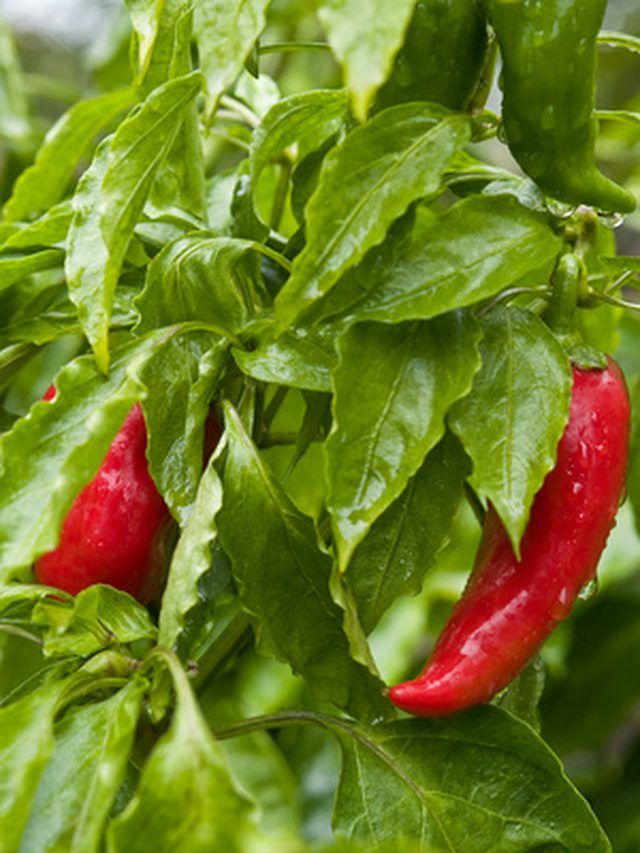Bulbs
Flower Basics
Flower Beds & Specialty Gardens
Flower Garden
Garden Furniture
Garden Gnomes
Garden Seeds
Garden Sheds
Garden Statues
Garden Tools & Supplies
Gardening Basics
Green & Organic
Groundcovers & Vines
Growing Annuals
Growing Basil
Growing Beans
Growing Berries
Growing Blueberries
Growing Cactus
Growing Corn
Growing Cotton
Growing Edibles
Growing Flowers
Growing Garlic
Growing Grapes
Growing Grass
Growing Herbs
Growing Jasmine
Growing Mint
Growing Mushrooms
Orchids
Growing Peanuts
Growing Perennials
Growing Plants
Growing Rosemary
Growing Roses
Growing Strawberries
Growing Sunflowers
Growing Thyme
Growing Tomatoes
Growing Tulips
Growing Vegetables
Herb Basics
Herb Garden
Indoor Growing
Landscaping Basics
Landscaping Patios
Landscaping Plants
Landscaping Shrubs
Landscaping Trees
Landscaping Walks & Pathways
Lawn Basics
Lawn Maintenance
Lawn Mowers
Lawn Ornaments
Lawn Planting
Lawn Tools
Outdoor Growing
Overall Landscape Planning
Pests, Weeds & Problems
Plant Basics
Rock Garden
Rose Garden
Shrubs
Soil
Specialty Gardens
Trees
Vegetable Garden
Yard Maintenance
How to Plant Chili Seeds
How to Plant Chili Seeds. Chili peppers are an easy crop to grow, provided they have enough warmth and humidity. There are dozens of varieties of chili peppers; any seeds collected from a pepper can be grown. Chili seeds will grow into pepper-bearing plants in just a few months. Growing chili peppers from seeds is an excellent project for children,...

Chili peppers are an easy crop to grow, provided they have enough warmth and humidity. There are dozens of varieties of chili peppers; any seeds collected from a pepper can be grown. Chili seeds will grow into pepper-bearing plants in just a few months. Growing chili peppers from seeds is an excellent project for children, and the plants themselves are attractive when covered in green or red chili peppers.
Things You'll Need
Chili seeds
Potting compost
Seed tray
Small pots
Sow your chili pepper seeds once the last frost has passed, or sow them in a greenhouse or indoors if it is still cold. Chili seeds need a minimum temperature of 68 degrees F to germinate. You can get chili seeds from a packet or sow seeds you have collected from a chili pepper. If you collect your own seeds, leave them to dry in a warm, dry place for at least a week before sowing.
Prepare a seed tray by filling it 2/3 full of fine potting compost that is damp rather than wet. You should be able to squeeze a handful of compost without it dripping. Flatten down the compost so that the surface is even but the compost is not compacted.
Sow your chili seeds on the surface of the compost, leaving at least 3 inches between each seed. Cover the seeds with a fine layer of sieved compost only 1/8 of an inch thick. Water your compost using a fine sprinkler that does not disturb the surface. Use rainwater or leave tap water to rest for 24 hours to allow any chlorine to evaporate off.
Place your prepared seed tray in a warm, humid place and wait for your chili seeds to germinate. Germination should take about two weeks, but some varieties can take up to six weeks. Continue to water the surface of your compost as soon as it starts to dry out. You can also cover the seed tray with a layer of plastic to prevent it from drying out.
Wait until your chili seedlings have produced their first true leaves before transplanting each seedling into its own 3-inch-diameter pot. Take care to disturb the roots of each seedling as little as possible during this process.
Sow chili seeds every three weeks to ensure a chili crop right through the summer and early autumn. Chili plants are not frost tolerant but will grow for several years as an indoor pot plant or outdoors in frost-free areas. You can collect seeds from your chili pepper crop to sow the next year.